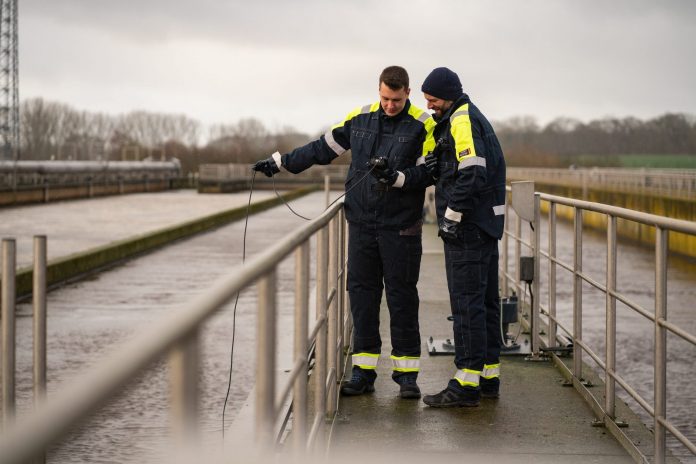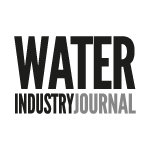Becca Dodds, Marketing Manager, Portable Gas Detection, Draeger Safety UK
Recently, I wrote on the topic of safety technology in the water industry and the significant advances made in recent years, particularly in the field of gas safety.
There are a range of considerations around the adoption of such technology, but arguably one of the most critical of these is understanding the attitudes of users. It is for this reason that this subsequent piece explores this issue in more detail and considers the importance of making sure such technology makes people feel safer, even if all the evidence points to safer outcomes.
Each year, Draeger Safety UK commissions independent research (The Drager Safety & Health at Work Report) exploring attitudes towards safety in UK workplaces, and the latest findings from those working in the utilities sector provide some interesting insights.
In the utilities industry, just 54% of workers included in the research said that they feel safer at work compared to two years ago. By comparison, this is almost 10 percentage points lower than those working in the oil & gas sector (63%).
Of those who report feeling safer, it is notable that the proportion of utilities respondents who cited that they feel safer because there has been a decrease in hazards was significantly lower than in other industries (25% compared to, for example, 36% in the transport sector).
A far larger proportion – more than a third, 34% – credited the increased use of safety technology in the utilities sector as a key reason for feeling safer. This is extremely telling, and encouraging, as whilst the hazard landscape in the industry may show no signs of reducing, it highlights that there are ways to foster a safer workplace.
Indeed, 40% of utilities workers think this type of technology has the potential to improve workplace safety – the highest of all industry sectors included in the research by a considerable margin.
Despite this, some remain cautious, with only 35% saying that their company is currently making good use of such technologies, and 26% are of the opinion that their company seems to be waiting for others to take the lead. This suggests a significant missed opportunity in the sector.
At a time when the water industry is facing significant challenges, and when it is broadly accepted that digital transformation will be a critical part of the strategic planning required under AMP8, there is a real opportunity for the sector to get on the front foot here.
Digital technology has scope to significantly improve safety outcomes, and the need to keep up with advances in safety technology such as digitalisation and connectivity, is set to be a key challenge for the water industry over the coming years. 76% of those in the utilities sector say that the potential impact of digital growth (e.g. data handling, AI and connectivity) in workplaces is important in driving businesses and Government to rethink their health & safety approach over the next five years
There will no doubt be challenges to overcome. Factors specifically affecting the water industry include funding, not keeping up with an expanding health & safety remit, and a younger generation workforce with different levels of knowledge and higher expectations of training, plus emerging and evolving safety risks in a sector which is rarely out of the public glare.
But it seems that utilities organisations are embracing digital growth, and that in turn, this is driving awareness around, for example, the need for better training in relation to new technologies.
Perhaps most important of all, balance is key: The research makes it clear that safety is seen by the majority (64%) as being best achieved through a balance of monitoring by technology, connected devices, AI and a human supervisor. Ensuring this balance is maintained appropriately will be a key element in ensuring users remain confident about digital technology in safety, as well as other areas of the industry that it has the potential to transform.
For more information: https://www.draeger.com/en_in/Safety/Water-Treatment




